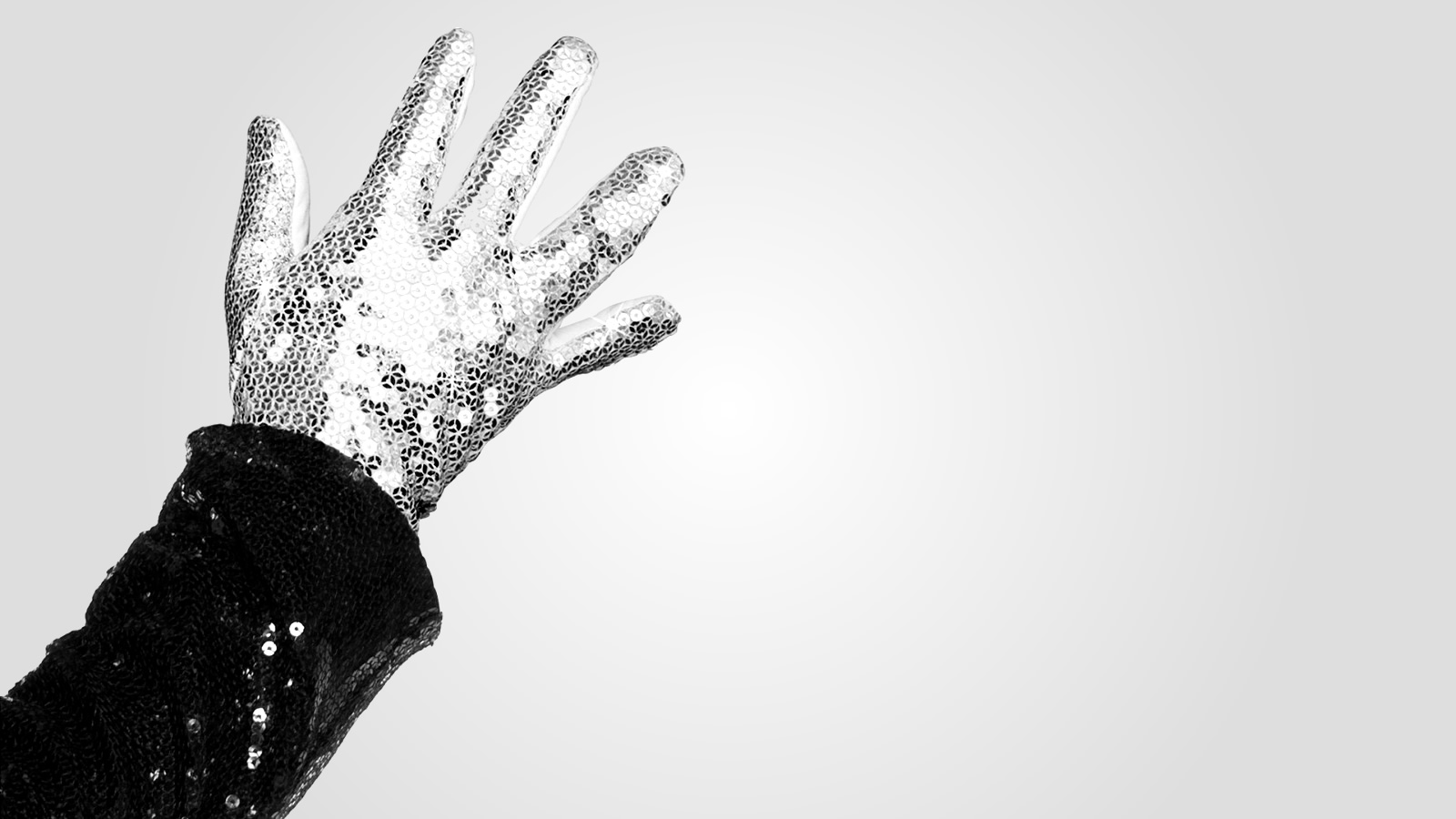Apparently, if the apocalypse arrives, Amanda Peet will survive. While this is good news for any warm-blooded male who also survives, it does seem a bit improbable. However, 2012 establishes early that it isn’t overly concerned with probabilities, including as it does the melting of the Earth’s crust, the reversal of the Earth’s polarity and the near-complete annihilation of mankind by natural forces… three years from now.
Which is kind of liberating. It’s one thing to pore over the science fiction of Primer (2004), a time-travel movie whose writer drew from existing academic work (Google the Meissner Effect or Feynman diagrams). Attention to detail invites critical scrutiny. Not so in 2012. When an aircraft carrier, swept along by a tidal wave, crushes the White House, there’s no point in saying, “Aha! The USS John F Kennedy was decommissioned in 2007 and is in Philadelphia!” (Although that is true.)
2012 is more in the spirit of (read: rehashes) popcorn-chompers like Independence Day (1996) and The Day After Tomorrow (2004), all three of which were directed by Roland Emmerich, have date-related titles and feature the widespread destruction of the United States (respectively by alien invasion, an instant Ice Age and solar explosions). You know you’re in a rut when you’re obliterating the White House for the third time.
Emmerich revels in epic destruction. All three disaster films spend time and most of their obscene budgets on wide shots of cities in peril. In 2012, we see the last of Los Angeles, then Las Vegas, then Washington, then New York. While this is good news for anyone who dislikes America, it does seem a bit… oh great, now we’re rehashing, too.
You’d think Emmerich, who is German, would be less prone to Hollywood’s narcissistic obsession. A major part of the appeal of District 9, this summer’s alien-invasion flick, was that it took place in Johannesburg, South Africa. Finally, a disaster movie didn’t have America at its geological or ideological epicenter. For Jamaican audiences, a blockbuster full of black people is way more shocking than an erupting supervolcano.
2012, which has both an erupting supervolcano and black people, adheres to Hollywood’s unofficial miscegenation laws. Thus Amanda Peet and John Cusack (both Caucasian) fall in love, as do Thandie Newton and Chiwetel Ejiofor (both Negroid). Any other combination, the thinking goes, and American audiences would really think the world was coming to an end. (And if the word ‘Negroid’ bothers you, stop giving money to filmmakers who perpetuate its necessity.)
If you can ignore the loopy plot, the sense of deja vu, the American bias and the romantic segregation, 2012 is fun to sit through. For the first hour. Maybe you’ll last through the second. But once it enters hour number three, you just want everyone to hurry up and die. (Except Amanda Peet.) With most of humanity lost, Emmerich can’t readily make a sequel to 2012. While this is good news for everyone, it does seem a bit… oh, never mind.









